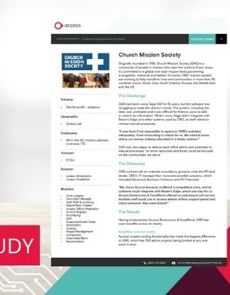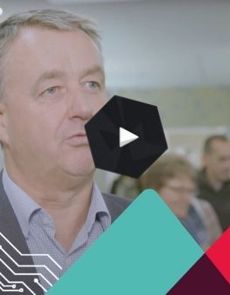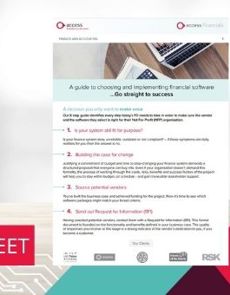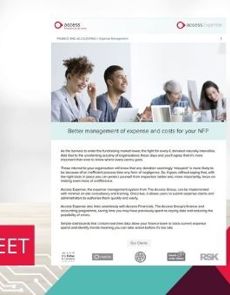Five problems that great charity accounting software solves
Is your charity accounting software fit for purpose or creaking at the seams? Can it cope with everything you throw at it or is it past its sell-by date? Charity accounting software has improved considerably over the years, particularly in terms of integration into other systems to make it really powerful. To find out where your current system fits into the scheme of things, here are five problems it should address:
1. Allows stakeholders to see how funds have been spent
You can tell at a glance where the income has gone. Knowing exactly what monies are restricted or unrestricted ensures that funding is applied as intended. You can also see what’s been committed so you know how much is still in the budget. Being able to see high-level costs or drill down to the micro-level is a breeze. But not only that, as the system updates you can see the figures change in real-time so it’s a much more accurate picture of current financial status.
2. Makes it easier for budget holders to keep projects on track
No more jotting down notes in a book or spreadsheet to keep track of finances. Budget holders don’t need to ask for the figures because they can access them within the system themselves – exactly when required. If a project or event goes off track it’s highlighted much sooner so corrective action can be taken. No more sleepless nights due to lack of costing visibility.
3. Helps the organisation unlock the untapped potential of its data
There’s some great data in the organisation which delivers interesting insights and trends. Because your charity accounting software is integrated with the other systems in the organisation, there’s no need to manually pull information from lots of different sources. Online business intelligence tools provide ready access to your data. Dashboards display this visually with charts and graphs in a format that’s meaningful for its intended audience.
4. Provides confidence in the figures and reports
Because there are no (or few) manual processes, there’s less opportunity for things to go wrong. Errors and omissions are radically reduced because there’s no rekeying of data. All information is kept in a single central system, providing one version of the truth. Staff and budget holders have the information they need so they don’t feel compelled to start keeping their own siloed accounting systems for their projects and events.
5. Helps everyone to make informed decisions
Because the figures can be relied upon, it gives senior management, trustees and budget holders a better idea of what’s going on in the organisation – and it also helps them to make more informed decisions. This ensures that the organisation is better serving its community as well as those that work or volunteer for it. It’s the springboard to providing greater value and increased results that benefit the cause.

See the bigger picture with Access Financials
Explore resources
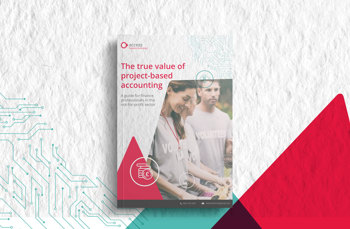
Increase control and oversight on your accounting projects
A guide for finance professionals in the Not For Profit sector looking to understand the principles of project-based accounting and the benefits for NFP finance teams – a must-read to increase control and oversight on your projects.
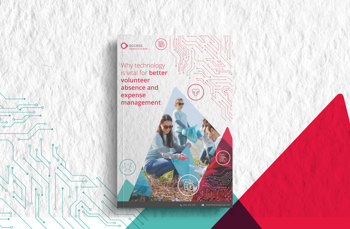
Why technology is vital for better volunteer absence and expense management
This guide explains how technology holds the key to helping organisations to manage volunteer absence and expenses more efficiently.

Charity finance management solutions for Not For Profit organisations
Watch this video for a short overview of Access Financials, our cloud-based financial management system designed with the specific challenges of Not For Profit charities in mind.
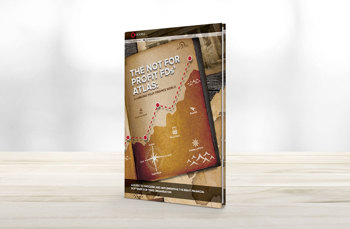
8 steps to follow when reviewing your finance software
A guide to choosing and implementing the right financial software for your organisation.



